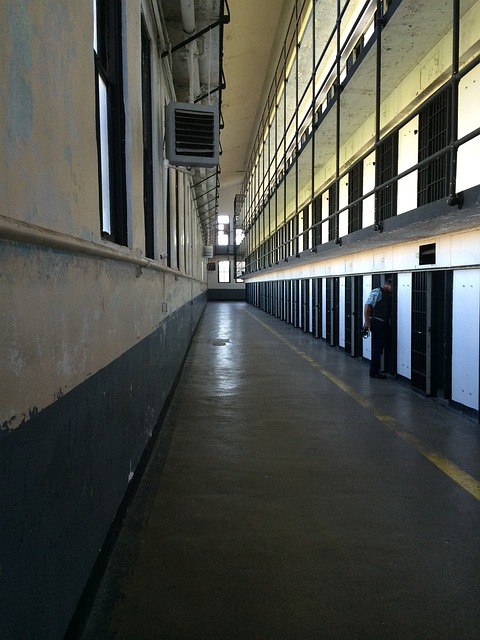High-risk reoffenders face significant challenges reintegrating due to limited resources, social isolation, unstable employment, and past traumas. Access to affordable Alternative Transportation Options like public transit or ride-sharing services empowers them to attend job interviews, access services, and maintain support networks. These options reduce dependency on criminal networks, foster independence, and prevent reoffending by providing access to crucial opportunities. Implementing accessible and sustainable mobility solutions can break the cycle of crime and empower former offenders.
Incarceration rates for high-risk reoffenders persistently plague justice systems worldwide. This article delves into the complex challenges faced by these individuals, focusing on the role of transportation in perpetuating or breaking the cycle of recidivism. We explore traditional barriers and uncover innovative solutions, particularly the potential of Alternative Transportation Options as a transformative tool. By understanding the unique needs of high-risk reoffenders, we can tailor strategies to facilitate successful reintegration and reduce future offenses.
- Understanding High-Risk Reoffenders and Their Challenges
- Exploring Alternative Transportation Options to Break the Cycle
Understanding High-Risk Reoffenders and Their Challenges

High-risk reoffenders are individuals who, due to their past behaviors and criminal history, pose a significant challenge to society. Understanding this demographic is crucial in addressing recidivism rates. These individuals often face numerous barriers to reintegration into mainstream society, including limited access to resources, social isolation, and a lack of stable employment opportunities. Many have struggled with substance abuse, mental health issues, or traumatic pasts, which can hinder their ability to break free from the cycle of crime.
Alternative transportation options play a vital role in helping high-risk reoffenders turn their lives around. Access to reliable public transport or affordable ride-sharing services can provide much-needed mobility for these individuals to attend job interviews, secure employment, access mental health services, and maintain regular interactions with support networks. By offering sustainable and cost-effective transportation solutions, communities can empower ex-offenders to take control of their lives, reduce the risk of reoffending, and foster a sense of independence and self-sufficiency.
Exploring Alternative Transportation Options to Break the Cycle

Incarceration often reinforces existing patterns and behaviors, making reintegration into society challenging for high-risk reoffenders. To truly break this cycle, exploring alternative transportation options can be a game-changer. Many traditional modes of transport can perpetuate reliance on criminal networks or limit opportunities, especially in underserved communities where public transit may be limited or inefficient.
Alternative transportation options, such as bike sharing programs, electric scooters, and community-based ride-sharing models, offer new possibilities. These options promote independence, reduce dependence on potentially harmful networks, and open doors to employment, education, and social connections – key factors in preventing reoffending. By providing accessible and sustainable mobility solutions, communities can empower former offenders to rebuild their lives and break free from the cycle of crime.
Breaking the cycle of reoffending among high-risk individuals is a complex task, but exploring innovative solutions like Alternative Transportation Options offers a promising path forward. By providing access to safe and reliable transportation, we can empower former offenders to rebuild their lives, gain stability, and reduce the likelihood of recidivism. This approach not only benefits individuals but also contributes to safer communities overall.






